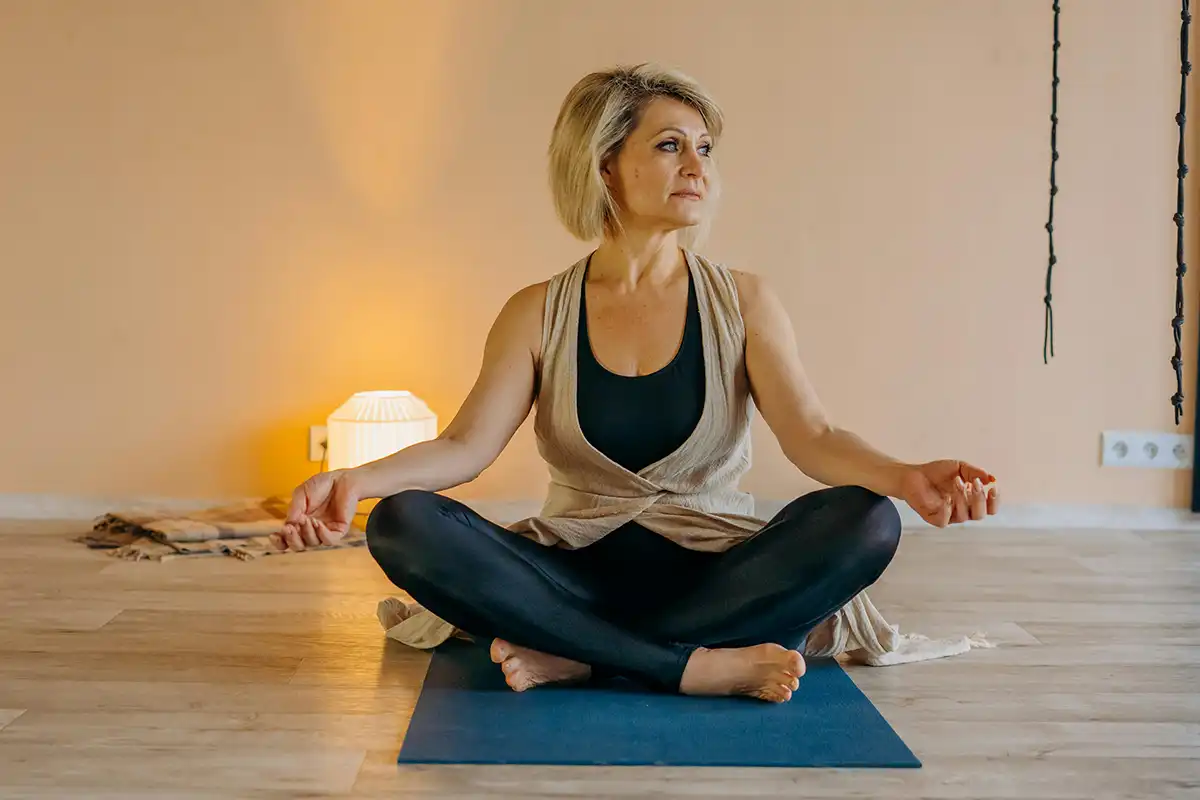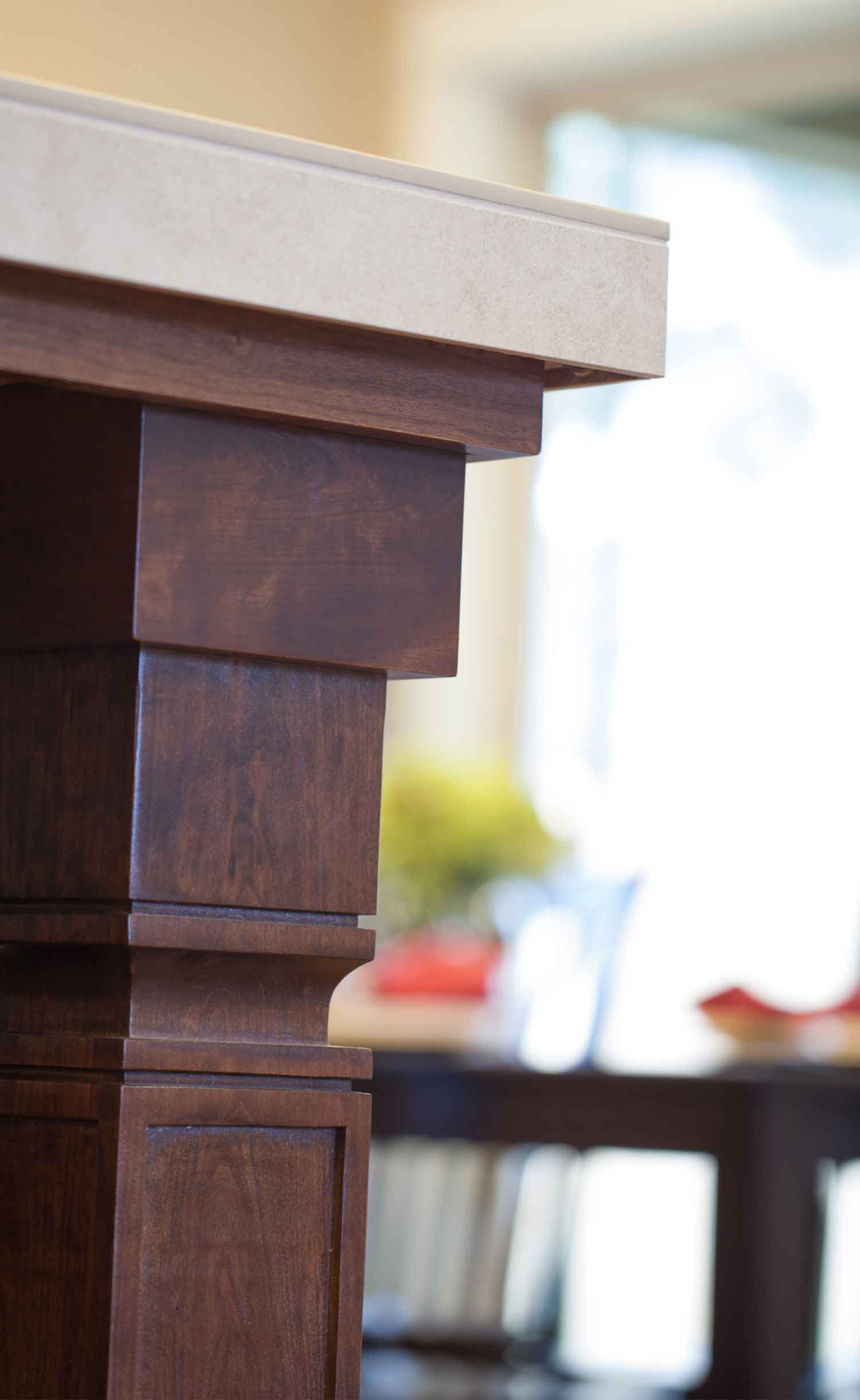
Designing a Home That Fits Your Retirement Lifestyle
Retirement opens the door to a new chapter. One where your schedule is finally yours to fill. For many people, this means more time for hobbies and passions that may have been sidelined by work, commuting, and family responsibilities. Whether it’s golf, painting, gardening, or music, having the right space can make those activities more enjoyable and accessible.
A home designed with your hobbies in mind doesn’t just look nice, it works for you. The layout, lighting, and storage should all support the way you spend your days. That’s where semi-custom home design shines. Instead of starting with a completely blank slate, you can take an existing floor plan and adapt it to your needs. This approach saves time and money, while still giving you the freedom to create a home that matches your lifestyle.
For retirees, that often means thinking beyond the basics of bedrooms and bathrooms. It’s about anticipating how you’ll use your home during the years ahead. If mornings are spent tending to plants, a mudroom with potting space can make that ritual easier. If afternoons are for painting, a light-filled studio can become your personal sanctuary. And if evenings are for golf practice or music rehearsal, designing for acoustics or swing clearance from the start makes all the difference.
Why Semi-Custom Homes Work Well for Hobby Spaces
Semi-custom homes give you the best of both worlds: a proven, functional base plan with room to tailor certain features to your exact preferences. This is especially useful for retirement hobby spaces, which often need a mix of comfort, utility, and personality.
Flexibility Without Starting From Scratch
With a semi-custom home, you can take a room that might traditionally be a guest bedroom, office, or bonus space and turn it into your dream hobby area. For example, a spare room could become an art studio with added windows for natural light, or a loft could be soundproofed for music practice. You can even design a multi-zone garage with one section dedicated to a workshop and another to vehicle storage. This level of adaptability lets you create a home that feels personal while still starting from a solid, well-tested floor plan.
Built-In Comfort and Accessibility
When planning a home you’ll enjoy for decades, it’s worth thinking about how your needs may change over time. Wider doorways, open layouts, and single-level living can make it easier to move around, no matter your hobby. If your favorite pastime requires carrying equipment, like golf clubs or gardening tools, designing for easy access from storage to workspace is key. For hobbies with repetitive movement or heavier lifting, choosing ergonomic counter heights and non-slip flooring can help make the space safe and comfortable.
Efficient Use of Space
Not every hobby requires a dedicated room. Semi-custom designs make it possible to create multi-purpose areas that serve different functions throughout the week. An office with built-in shelving can double as a craft room, or a fitness space can also be used for meditation or yoga. Thoughtful storage, like cabinets that hide supplies when not in use, keeps these spaces organized and inviting. Built-in storage also reduces visual clutter, helping hobby areas feel more like an intentional part of the home’s design rather than an afterthought.
Semi-Custom Home Design Ideas for Popular Retirement Hobbies
When you’re mapping out your retirement home, it helps to picture your daily routine and imagine the ideal environment for your favorite activities. Here are some ideas for how different hobbies can be integrated into a semi-custom floor plan:
1. Golf Simulator or Putting Green Room
Golf enthusiasts don’t have to wait for sunny weather to practice their swing. A golf simulator room can be created in a finished basement, bonus room, or large flex space. The setup often includes turf flooring, a projection screen, and ample clearance for a full swing. Soundproofing is a smart addition so the rest of the household isn’t disturbed. Built-in storage for clubs and accessories keeps the area tidy and ready for use. For smaller spaces, an indoor putting green can provide year-round practice without needing a full simulator setup.
2. Dedicated Workshop or Makerspace
For woodworking, tinkering, or DIY projects, a workshop space benefits from durable flooring, strong lighting, and plenty of outlets. Ventilation is essential for both safety and comfort. Depending on your lot and layout, this could be part of the garage, a converted outbuilding, or a section of the basement. Planning this space during the design phase means you can integrate details like reinforced walls for tool racks, oversized doors for large projects, or even built-in dust collection systems.
3. Art & Craft Studio
An inspiring creative space starts with good lighting. North-facing windows are ideal for consistent natural light without glare. Washable flooring makes clean-up easy, and built-in cabinets or open shelving keep supplies organized. You might also consider a gallery-style wall to display finished work or works-in-progress. If you dabble in multiple crafts, adding movable work tables on casters can make it easy to rearrange the room for different projects.
4. Music or Performance Room
Musicians and performers can benefit from a room designed with acoustics in mind. This might mean adding insulation, using wall treatments, or choosing certain flooring to control sound quality. The space should be large enough for instruments and equipment, with storage options to keep cables, sheet music, or costumes organized. For multi-instrument musicians, dedicated storage cubbies can make switching between activities easier and faster.
5. Gardening & Birdwatching Hub
Even if your main gardening happens outdoors, having an indoor prep area makes the hobby easier to enjoy year-round. A mudroom with a sink, potting bench, and tool storage keeps dirt out of the main living areas. Large windows overlooking your garden or bird feeders bring nature indoors, creating a peaceful place to relax. You could even integrate a small greenhouse extension for year-round seed starting or tropical plants.
6. Library & Reading Nook
For book lovers, a library space with built-in shelving and comfortable seating can become a daily retreat. Positioning the nook near a window allows for natural light, and choosing a quiet area of the home ensures minimal interruptions. Adding a small side table or built-in beverage station can make the space even more inviting. Consider soundproofing the walls if you share your home with others who might be watching TV or playing music nearby.
7. Home Gym or Yoga Room
Staying active in retirement is easier when you have a designated space for exercise. Multipurpose flooring works for both strength training and stretching, while mirrors help with form and posture. Good ventilation and climate control keep the space comfortable year-round. If you enjoy group activities, leave enough space for a couple of guests to join you for yoga or pilates.
8. Digital Learning or Language Study Area
With so many online classes and resources available, retirement can be the perfect time to learn something new. A quiet corner with an ergonomic desk, good lighting, and strong internet makes for a productive study space. Acoustic panels can improve sound quality for video calls or language practice. If space allows, a whiteboard wall can be useful for brainstorming, practicing vocabulary, or mapping out projects.
Tips for Planning Your Retirement Hobby Spaces
Prioritize What You’ll Use Most
Think about which hobbies you’re most passionate about and how much time you realistically spend on them. Giving your top activities the prime space in your home ensures you’ll get the most enjoyment from your investment.
Plan for Future Needs
Consider how your hobbies might evolve over time. A craft room could later serve as a grandkids’ playroom, or a workout space might become a quiet reading nook. Designing with flexibility in mind keeps your options open.
Work with Your Designer Early
If you’re building or renovating, involve your designer in the conversation about your hobbies right away. The earlier you discuss details like lighting, storage, and accessibility, the easier it is to incorporate them seamlessly into the plan.
Final Thoughts
Designing a home around your retirement hobbies isn’t just about creating beautiful rooms, it’s about building a lifestyle that supports what you love most. A semi-custom home gives you the freedom to tailor your space to your passions while maintaining functionality and comfort for the long term. Whether you’re dreaming of a golf simulator, an art studio, or a peaceful library, the right design choices can make those dreams part of your everyday life.
If you’re planning your next home, start by listing the hobbies that bring you joy and imagining how they could fit into your daily routine. From there, the possibilities are endless and the home you build can be as unique as the retirement you envision.
